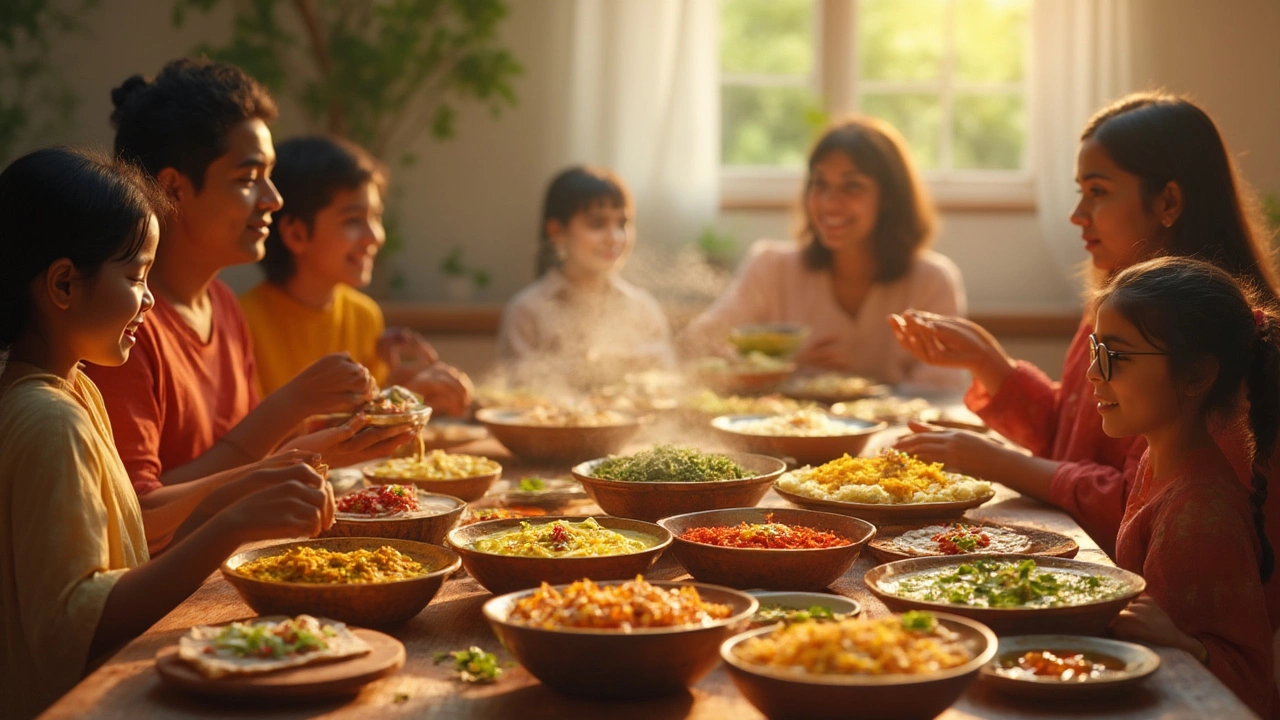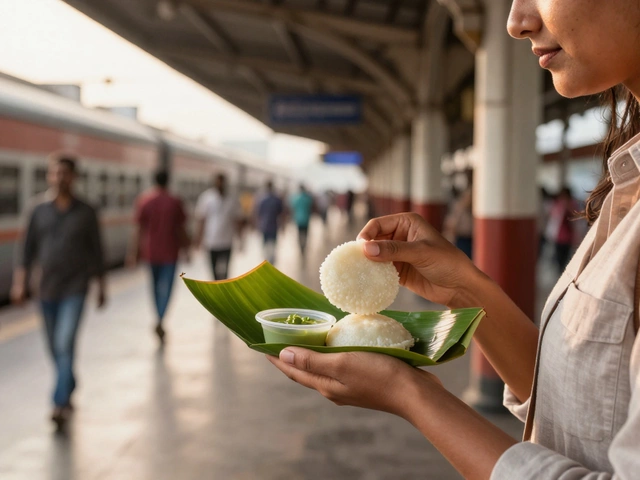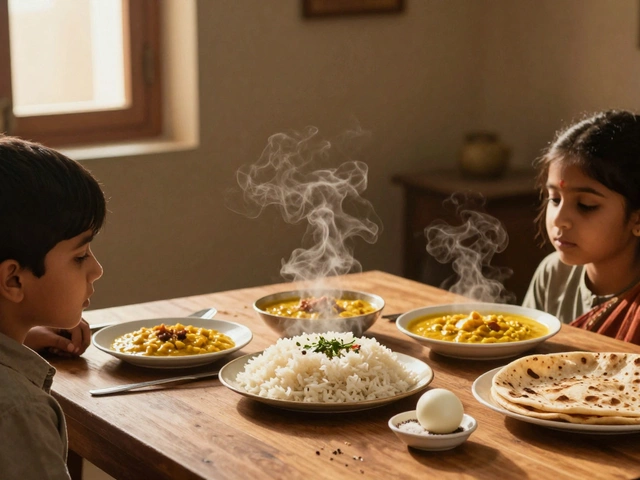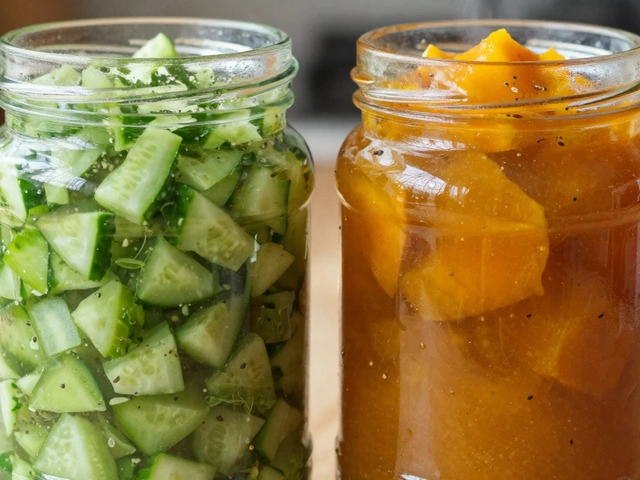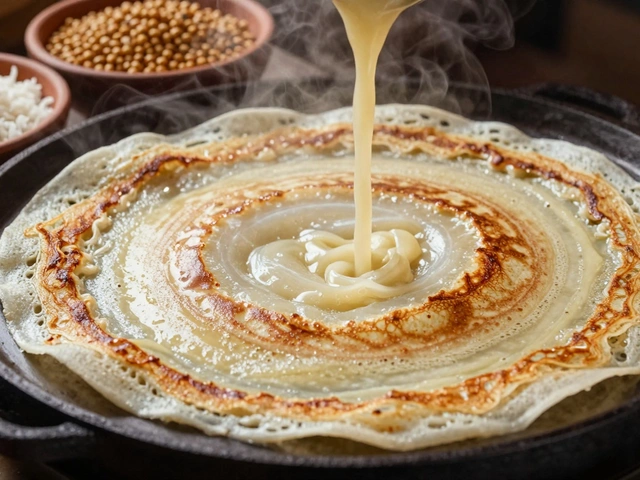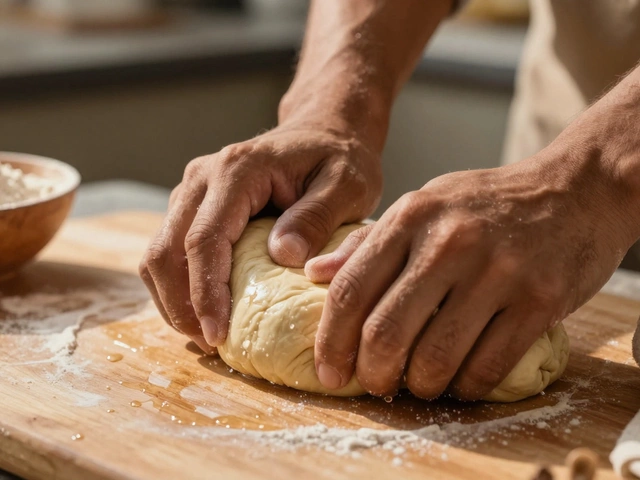Fancy a steaming bowl of dal for lunch? Lots of people do. It’s the comfort food of choice across much of South Asia—a humble, creamy pot of lentils bubbling away, rich with spices, herbs, and garlic. But the real question that gets people curious isn’t about the recipe. It’s: If I eat dal every day, is that actually good for me—or could it backfire? Maybe you’ve heard stories about protein or fibre, or maybe you worry about carbs or bloating. The truth’s a bit more fascinating than you’d expect. Turns out, there’s a reason dal has stuck around for thousands of years as a staple in countries from India to Sri Lanka—science is catching up with wisdom that’s been passed through family kitchens for generations.
What Exactly Is Dal? Breaking Down the Basics
Let’s get our basics sorted. Dal isn’t a single ingredient—it actually refers to a whole world of pulses. Think split lentils, beans, or peas, stripped of their outer hulls. In practice, most people mean the lentil-based stew you see on tables from Bangladesh to Punjab. You can find yellow moong dal, earthy chana dal, nutty toor dal, glossy masoor dal, and many more, each boasting a slightly different nutrition profile and taste. Unlike whole pulses like chickpeas, dals cook fast, making them ideal for daily meals in busy households.
What’s inside dal? First off, tons of plant protein—anywhere from 9g to 13g per cooked cup, depending on your dal. It’s also packed with complex carbs, dietary fibre, plenty of B vitamins (think folate and B6), and minerals like iron, magnesium, potassium, and zinc. Research shows the structure of dal’s carbohydrates helps manage blood sugar swings, slowing absorption and keeping you fuller. Dal brings a gentle dose of phytonutrients too (like those antioxidant phenols), the kind that lower inflammation and may help fight disease. Here’s a little known fact: the act of sprouting dals before cooking can boost vitamin C content, though most traditional recipes use the dried variety. Even so, a daily portion easily slips into both vegetarian and omnivorous meal plans, often with rice or roti for complete protein.
The Surprising Health Benefits of Eating Dal Every Day
If you ask dieticians in India or the UK, they’ll tell you dishes built around dal are low in saturated fat, cholesterol-free, naturally gluten-free, and much kinder to your gut than heavy meats or highly processed food. Why? Lentils, beans, and peas are considered some of the best sources of soluble and insoluble fibre—your ticket to better digestion, regular bowel movements, and even a healthier population of gut bacteria. A 2022 study from The Lancet showed that folks who eat more legumes (yes, that includes dal) are less likely to develop type 2 diabetes, suffer from heart disease, or carry harmful belly fat.
The secret to dal’s goodness doesn’t stop at fibre. Dal is especially strong in folate—a B vitamin needed for making new cells and preventing birth defects—and potassium, which helps control blood pressure. If you struggle with iron (lots of vegetarians do), chana dal and masoor dal both provide a steady boost, though pairing dal with a source of vitamin C like tomatoes or lemon helps your body absorb more. Here’s where it gets really good: dal is a complete protein when eaten with grains like rice or bread, because that combination covers all the essential amino acids your body needs. That’s why it’s the backbone of affordable, everyday nutrition from Mumbai to Manchester.
Regularly eating dal is linked to better weight management too. Because it’s so high in fibre and protein, you feel fuller longer, which can keep pesky snack-attacks at bay. One study from India’s National Institute of Nutrition showed that people who ate dal-based meals as their primary protein source lost more weight and kept it off compared to those who stuck to animal proteins. Still, fibre takes time for your gut to get used to, so if you’re just starting out, go slow—your system will thank you later.
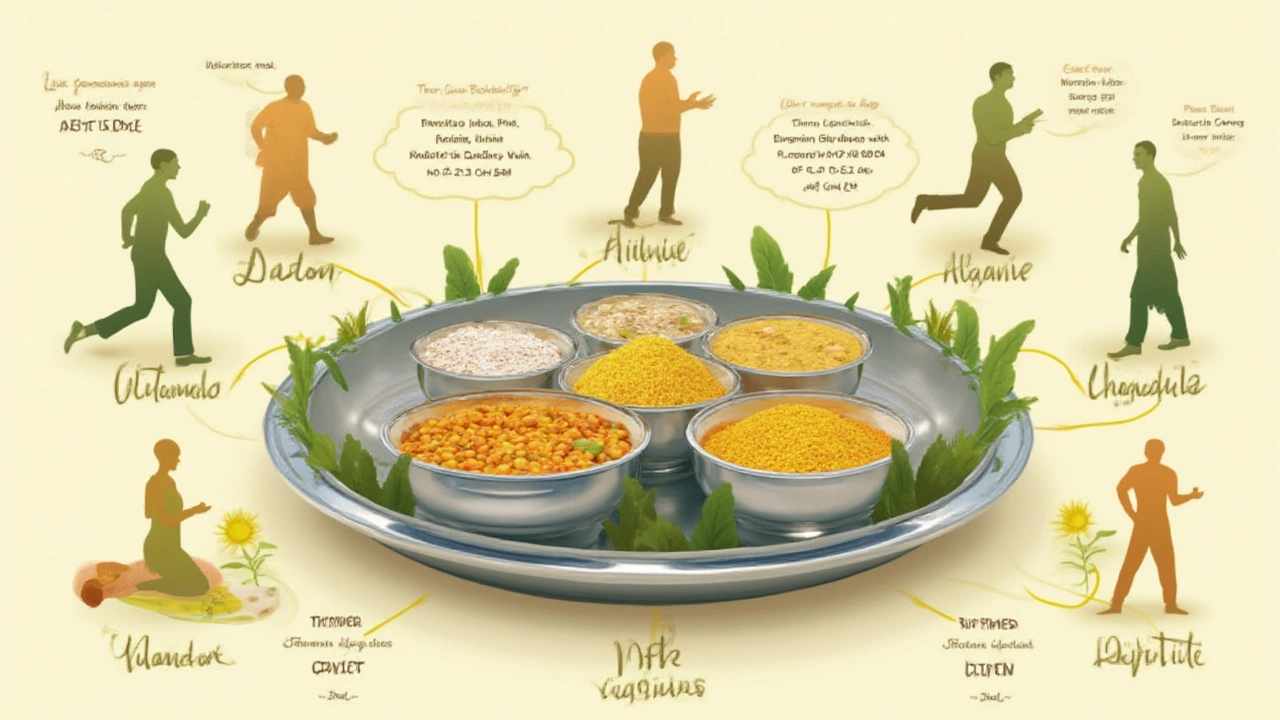
The Right Way To Prepare and Enjoy Dal for Maximum Nutrition
If you’re planning to go big on dal, cooking it the right way makes all the difference. Many traditional recipes soak the lentils for a few hours. Not just for speed—soaking dal helps break down phytic acid, a natural substance that can make minerals harder to absorb. You’ll also want to rinse dal thoroughly before cooking to wash away any lingering saponins that might cause bloating or bitterness.
Small choices in your kitchen can bump up dal’s goodness—think simmering dal with tomatoes, spinach, kale, or coriander for extra vitamins and antioxidants. Adding a squeeze of lemon not only brightens flavour, but also lifts iron uptake. Using ghee or a touch of healthy oil to temper spices helps your body use fat-soluble vitamins found in the lentils. If you’re watching your sodium, go easy on the salt and reach for sea salt or black salt (kala namak) if you want a mineral boost.
Many Indian and Bangladeshi families pair dal with rice, roti, or even quinoa. This isn’t just tasty—it’s strategic, since grains fill in the missing amino acids for dal everyday to count as a full protein meal. Eating with a fermented food, like homemade yogurt or pickles, helps digestion and flavours everything up. Explore dals with different spices—cumin, turmeric, ginger, garlic, fenugreek, mustard seeds—and you’ll discover a whole spectrum of both tastes and health benefits, like anti-inflammatory effects and improved immune strength. For people with sensitive guts, cooking dal with asafoetida or hing is an old-school ingredient trick that really does help reduce gassiness.
Are There Downsides to Daily Dal? What You Should Know
Eating dal every day is pretty rare outside of places like India, Pakistan, Nepal, and Bangladesh, so you might wonder if there’s a catch. While dal is packed with nutrition, moderation and preparation matter. Too much all at once—especially if your diet’s low in fibre—can trigger gas, cramping, or bloating. It’s all thanks to those resistant starches and oligosaccharides found in lentils. The trick is to start small, soak well, rinse thoroughly, and cook dal until soft. Most people’s bodies adjust after a week or two, and adding digestive spices can help the transition.
Another thing to think about: dal’s high in fibre and potassium, which is great for healthy folks, but if you have kidney disease or severe gut conditions, you may need to limit how much you eat. Some dals, especially split urad dal, are higher in oxalates—a natural compound that can form kidney stones in vulnerable people. Most folks who drink enough water and vary their lentil choices don't have to worry, but it’s smart to talk to your GP if you have a history of stones or digestive trouble.
Protein is king, but if you rely only on dal and rice for every meal, you might miss out on healthy fats and a wider mix of vitamins. Mix things up with a dollop of yogurt or a handful of seeds and nuts. Kids, pregnant women, or anyone with higher energy needs should add some oil, ghee, or avocado on the side to hit their calorie goals. Lastly: quality matters. Skip pre-processed dal mixes with flavour enhancers or heavy preservatives. Cooking from scratch lets you control the salt and keeps additives out of your bowl.
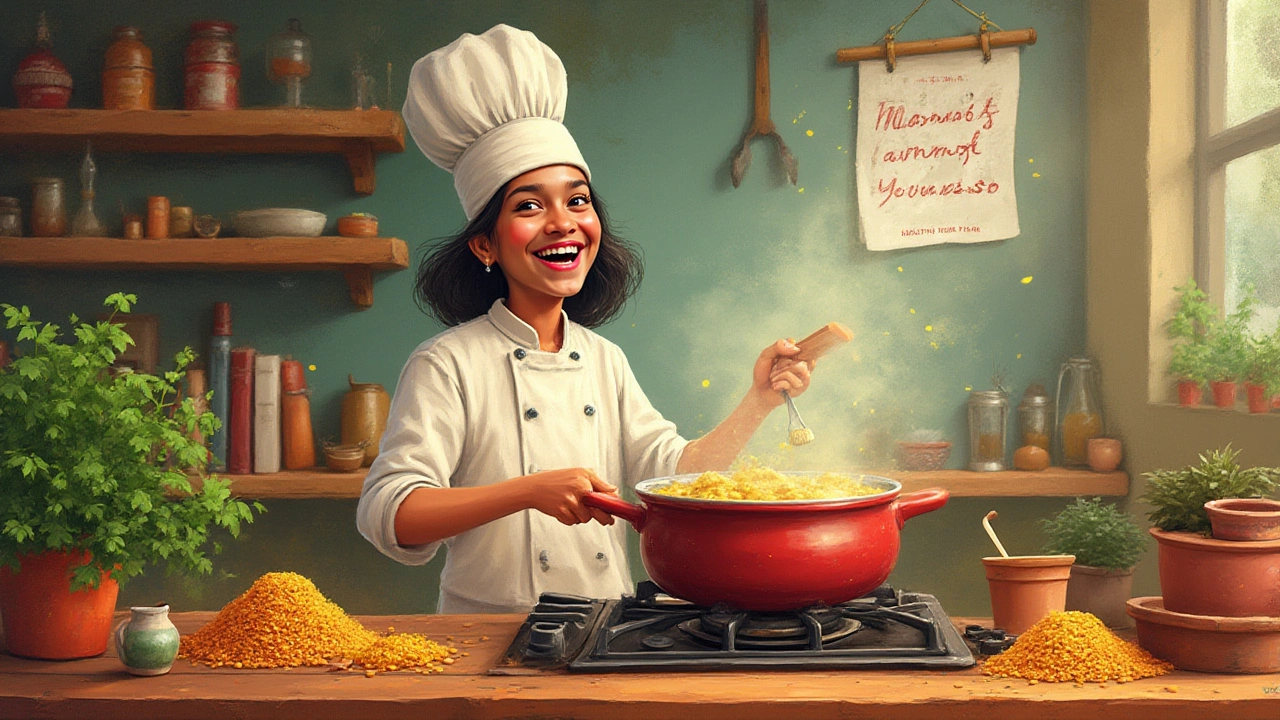
Creative Ways to Add Dal to Your Everyday Routine
Bored of plain dal and rice? There’s a whole world of ways to work dal into your habits so it never gets old. Beyond classic tarka dal or sambar, why not try dal in salads, as a stuffing for wraps or parathas, or even blended into savoury pancakes? In Bengal, dal is cooked into a thick paste, then shaped into fritters called “boras” and deep-fried for a crunchy treat. Moong dal goes into dosa batter for South Indian crepes. You can even roast chana dal for a nutty, crunchy snack that packs way more nutrition than crisps or biscuits.
Swap the spices and you’ll transform the flavour. A Mediterranean twist with cumin, parsley, and olive oil gives you a filling salad topper or a hearty base for soup. Or try adding roasted vegetables, coconut milk, or toasted seeds for a fresh take. Mix dal with vegetables and herbs, then freeze in batches for an effortless work lunch. You can mash cooked dal with potatoes for patties and even use leftovers as a nutritious thickener for casseroles and curries.
Here’s a tip: mixing two or three types of dal together gives a wider profile of vitamins, minerals, and taste—no boredom, just variety. Sprouted dal tossed into salads or stir-fries brings a punch of vitamin C and crunch. Unlike most Western fast food, dal packs nutrition at a fraction of the price, especially when you buy in bulk. It freezes well, and you can cook up a big pot, then just season differently each time you reheat.
People are using dal in baking too—think savoury lentil breads or incorporated into energy balls with dates and coconut. In many immigrant families across the UK, dal is the first comfort food passed down to kids, because it’s gentle, filling, and quick to digest. Experimenting a bit in your own kitchen is the best way to see just how flexible dal can be. Once you nail your perfect bowl, eating dal every day isn’t boring—it’s just smart eating, loaded with both tradition and modern science.
